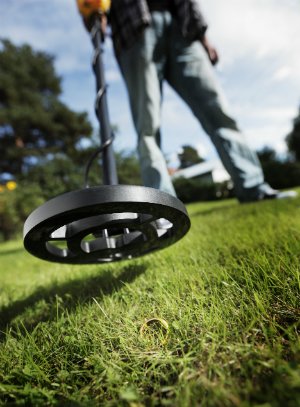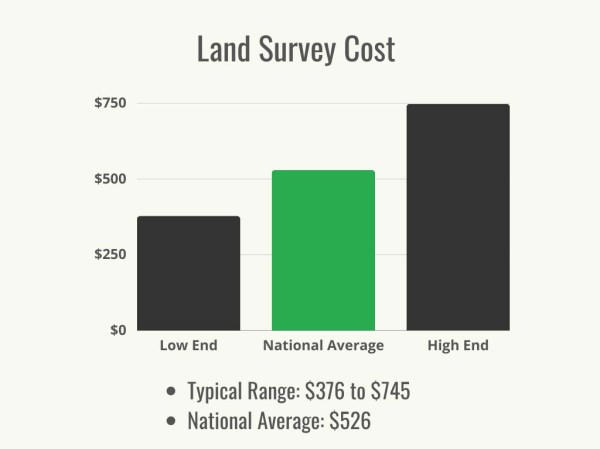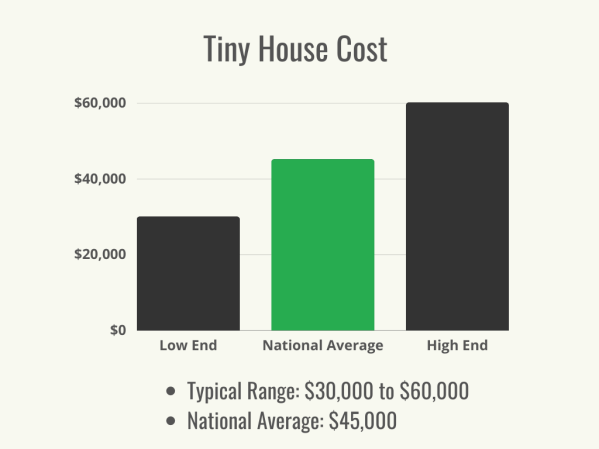We may earn revenue from the products available on this page and participate in affiliate programs. Learn More ›
Good fences may make good neighbors, but accidentally erecting one on or across a neighbor’s property line can lead to hard feelings or even a lawsuit. Whether you want to build an addition, figure out who’s responsible for tree removal, or plant a border hedge, you need to know where your yard legally ends and the next guy’s begins.
Here, we’ve put together the most common methods for figuring this out. Some are simple and inexpensive, adequate for satisfying your curiosity. Others demand skills and will cost a few bucks, but may be necessary for certain construction projects. Read on to learn how to find property lines—and ensure that your house and landscaping stay on your side of it.
What are Property Lines, and Why do They Matter?
Property lines are the legal boundaries of a given property, but unfortunately, they’re not always easy to find. Not only is it essential to know where property lines are to keep from planting or building something on a neighbor’s property, but it’s also important to know that most lots come with setbacks that prohibit building within a few feet of a property line. Guessing where the legal boundary is can result in having to tear down a shed or garage that’s too close to the property line.
Homeowners are responsible for maintaining the lawn and yard on their property and most are not willing to let a neighbor use valuable lawn if it doesn’t belong to them.
RELATED: Whose Responsibility Is it: Homeowner, Town, or Utility Company?
Check Sidewalks and Street Lights
Examine the lines that are cut in the sidewalk in front of your house. Often, the contractor who poured the sidewalk started and stopped on the property lines, so those cut lines may coincide with the edges of your property. As well, the appearance of the concrete on your side of the property may be slightly different from that on your neighbor’s side. Streetlights, too, are often placed on property lines. While these visual clues are good indications of property lines, if you intend to build or install something on your land, you’ll need additional verification.

Visit the Local Zoning Department
The zoning department is the municipal office that records plats: the maps, drawn to scale, that show land division. Unless your home was built more than a hundred years ago, you can probably obtain a copy of your block and lot plat for a minimal fee. This will give you the exact dimensions of your lot—in other words, the property you legally own—in relation to other lot lines on your block.
RELATED: Setback Requirements: 7 Things All Homeowners Should Know
Retrace the Surveyor’s Steps
When the surveyors were laying out the original plat, they determined a starting point for all the lots on your block. You can retrace the original steps of the property lines survey by finding the starting point, which will be labeled on the plat as either the “common point” or the “point of beginning” (POB). It is often the center point of a side street. The original surveyor’s measurements will all be listed on the plat. With a long measuring tape or digital tape measure, follow the plat as you would a treasure map, measuring your physical property as you go. Your measurements should correspond with the ones on the plat.

Locate Hidden Property Pins
Survey pins are thin iron bars, 2 or 3 feet long and sometimes capped with plastic, which the original survey crew inserted on the property lines. If you have access to a metal detector, move the device over the ground along the sidewalk to the curb to locate the survey pin. Pins may be buried just under the surface, or up to a foot below. A few days before you dig, however, you must call 811, the free, federally designated number that will route you to your local utility company. Ask the utility company to come out and mark any buried lines so you don’t unintentionally hit one. There’s no charge for this service, but if you damage a buried utility line, you could end up having to pay to repair it.
Beware of Moved Survey Pins
Property pins are not foolproof markers. Over the years, previous owners, utility workers, or even a tree-removal company may have dug up a survey pin and reinserted it nearby, or just tossed it aside. Your actual property line, however, does not change just because someone messed with the survey pin. For example, if you locate survey pins 60 feet apart on opposite sides of your property but the plat says your lot is 50 feet wide, one of those pins may have been moved, and your property is still just 50 feet across.
Dig Out Your Deed for Additional Info
In older neighborhoods, property owners may have purchased or sold off portions of their yards. Locating a survey pin won’t give you this information, but the most recent legal description recorded on your deed will list any such changes. If you don’t have a copy of your deed filed with your homeowner records, get one at the register of deeds office, often located within your county courthouse.
Consider the Metes and Bounds Survey
If your deed features a metes and bounds survey—a survey that describes the exact distances and directions from one established point on your property line to the next—you’ll have all the information you need to find property lines. Unfortunately, this type of legal description is notoriously difficult to comprehend unless you’re a surveyor.
The metes and bounds survey cites a starting point, located at one of corners of your property. From there, the survey will give you detailed directions and distances to help you locate the rest of the corners and boundary lines of your property. It’s similar to a connect-the-dots game, except you do it on foot, not on paper. You’ll need a long measuring tape as well as a good-quality directional compass so you can move systematically from point to point.
But egad! You’ll find that a metes and bounds survey reads like a Shakespearean play. A typical survey may tell you to “commence” from the point of beginning (POB), “running thence westerly 100 feet, thence southerly at an interior angle of 55 degrees to a point,” and so on until it brings you back to the original starting point.

Find Property Lines Online
Every day, more technology is available online, and property maps are no exception. Many counties are now digitizing their property records and uploading them to interactive sites that allow residents to access them from their own computers. These sites make use of a geographical information system (GIS) in order to pull up a lot or parcel of land using an address or an owner’s name. Look on your county’s website and then look around for terms like “Property Search” or “Parcel Search” to access the GIS map.
Other online GIS sites may also be able to help, such as AcreValue, a favorite tool of real estate agents for finding property lines. The lines will give you a general idea of where your property boundaries lie, but they cannot pinpoint the exact property markers for you. For that, you’ll need to use one of the other methods.
Bring in a Professional Surveyor
Before you drive yourself too crazy with the metes and bounds survey, know that the only legally binding method to determine exact property lines—essential, for example, if you intend to build an addition to your house—is to have a professional survey. Local building codes will determine how close to your property line you can legally build. A professional survey could cost from a few hundred to more than a thousand dollars, depending on the size of your property and the complexity of the survey. Costly, perhaps, but adding to your dream house while keeping in your neighbors’ good graces is priceless.
RELATED: How Much Does a Land Survey Cost?

Final Thoughts
Before building a new structure or installing a driveway, it’s vital to have a professional come out and mark the property lines. Property pins can be moved over the years, and in some cases, the boundary may extend past a property boundary marker if a previous owner bought or sold land to a neighbor. In a best case scenario, you may have more land than you thought you did. In a worst case scenario, you may have poured the driveway on the neighbors’ land, and they can make you tear it out.
FAQs About How to Find Property Lines
Using the above techniques, new homeowners or those wishing to find property lines for construction purposes, can do a bit of sleuthing to find their property line markers. In addition, those who are just curious about where their property boundaries lie may have some questions.
Q: Is it possible to survey my own property?
You can try by using the information from your deed and obtaining a copy of your property’s plat from your county’s Register of Deeds Office. You can follow the information and use a tape measure, but be aware that only a professional survey is valid for legal purposes.
Q: How do I see property lines on Google Maps?
Type in the address and then zoom in. In some regions, Google Maps shows property lines, but not for all locations.

Q: How do I find the GPS coordinates for my property?
This is also available on Google Maps. Scroll in to view your property and then right-mouse-click and select “What’s here?” The GPS coordinates will appear at the bottom.
Q: Can a neighbor remove survey stakes?
They’re not supposed to. Pins are supposed to be permanent property line markers, but property pins have been known to show up in the wrong spot.
Q: How do you mark property corners?
Only a licensed surveyor can mark the corners with property markers.
Q: What is the seven-year boundary rule?
Also known as “squatter’s rights,” some believe that if they take possession of land that isn’t theirs for seven years, they can apply for possession of the land. Not all communities permit this.









